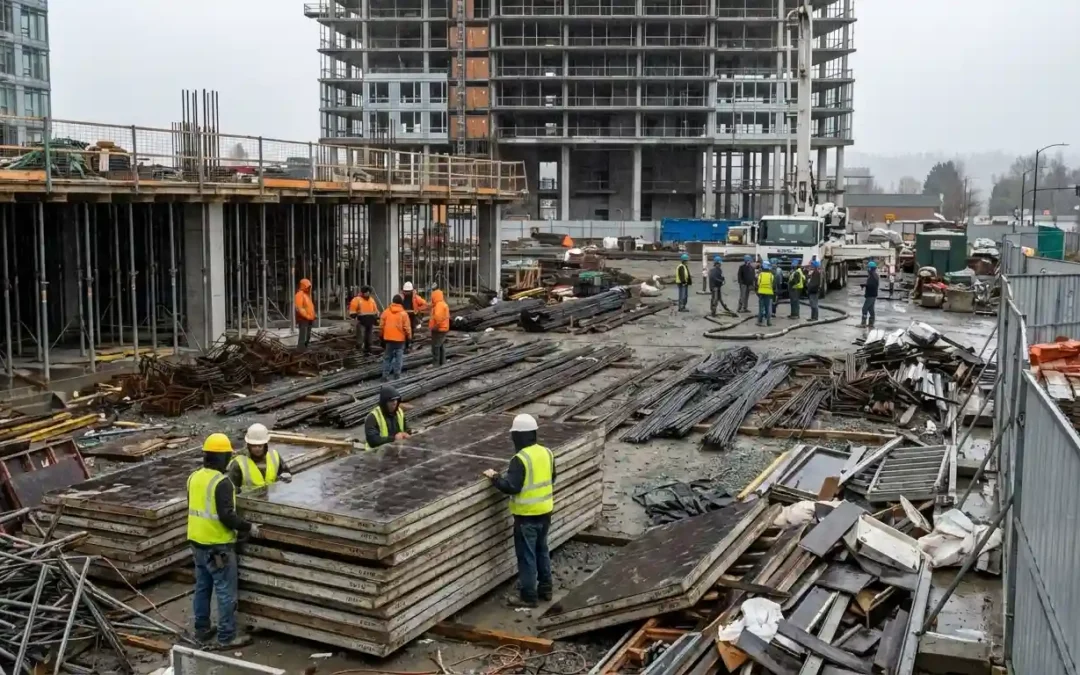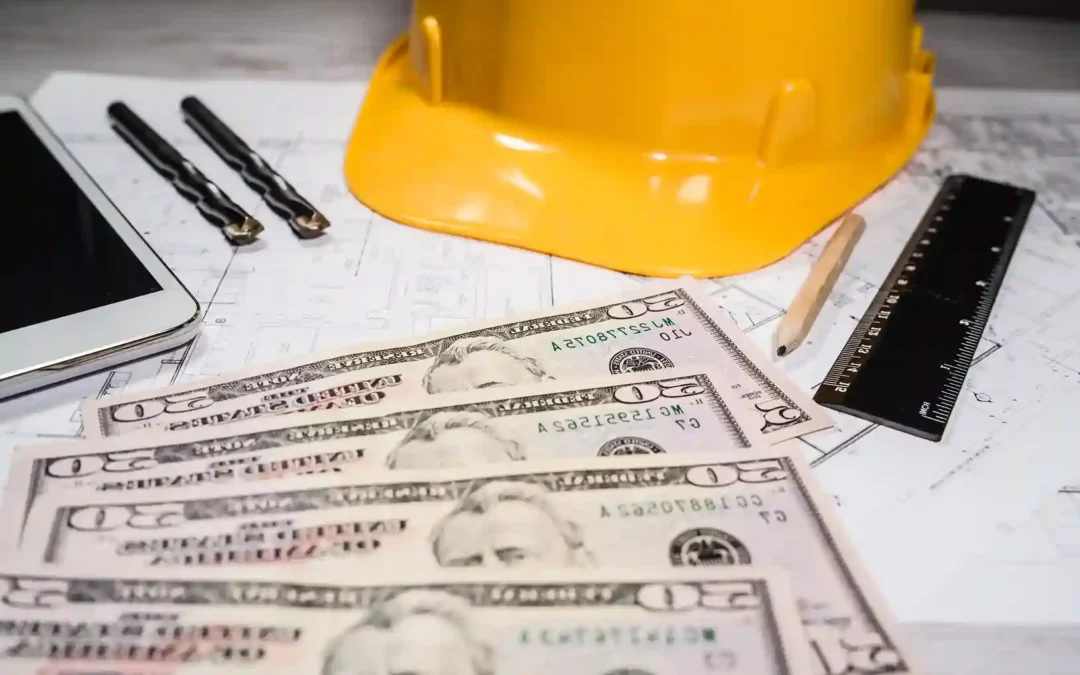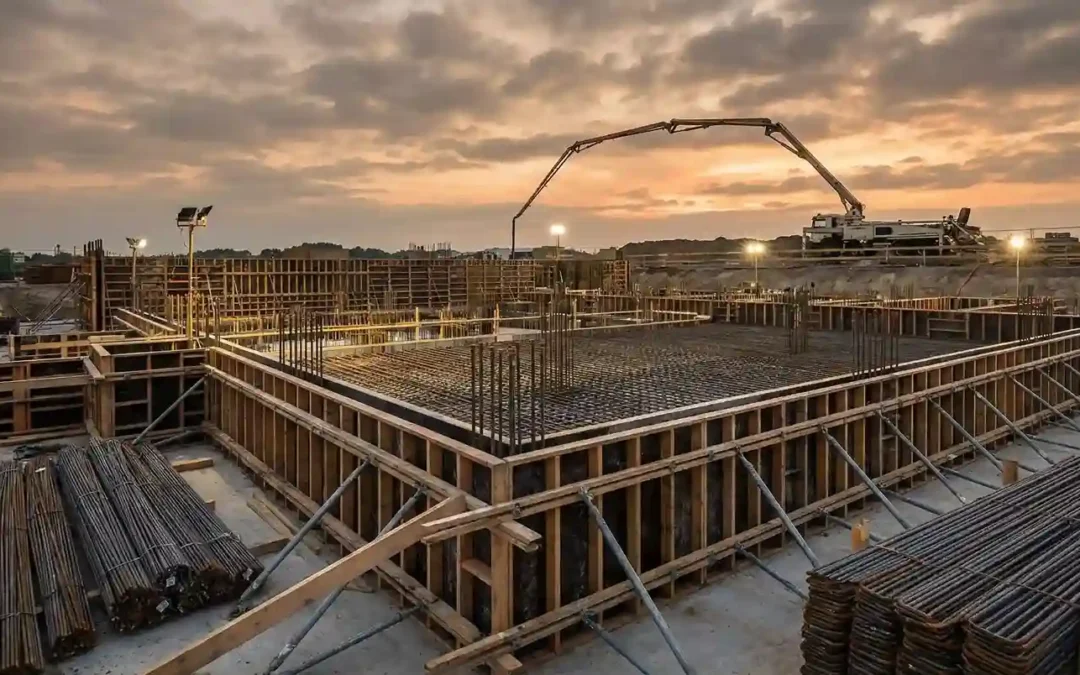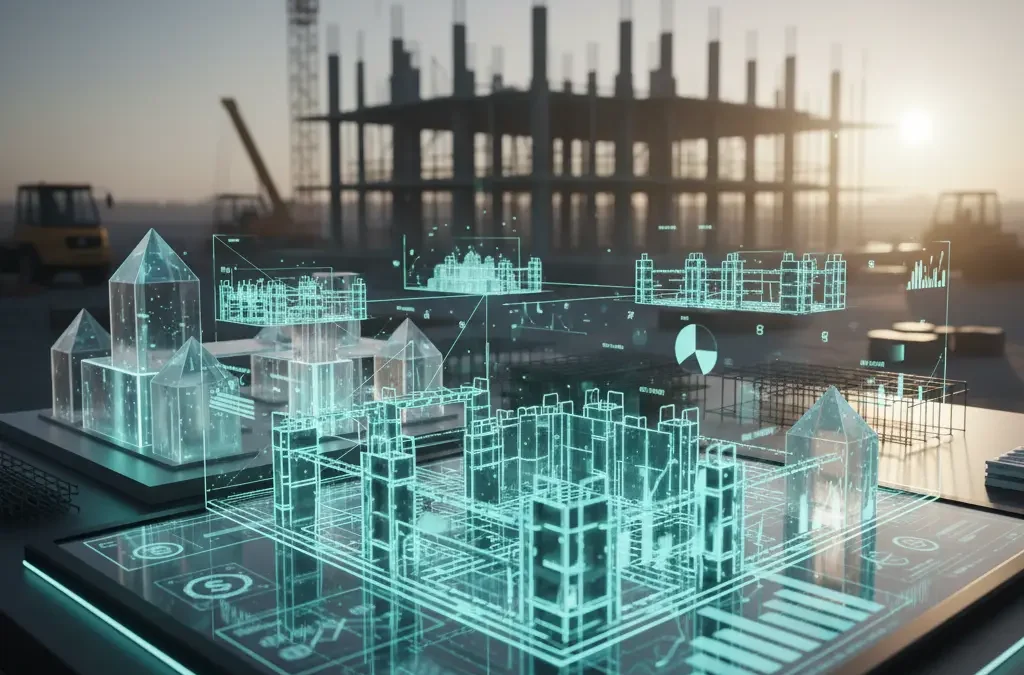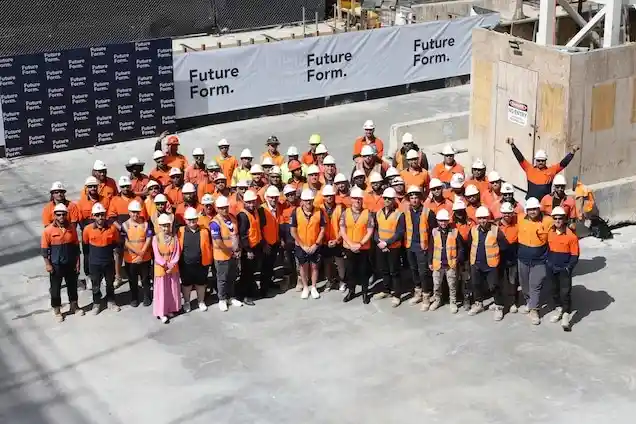
Construction sites are among the most active and ever-changing environments across the globe. The presence of workers, machinery, materials, and multiple processes happening simultaneously brings significant potential risks. Safety is more than compliance—it’s the foundation of successful property development. In an industry where margins, timelines, and quality often compete for attention, safety remains the one element that must always come first.
This is where FRP—form, reo, and pour—proves its value. Beyond being a structural method, FRP packages provide an integrated system that combines strength with safety. Through carefully planned formwork, precise steel fixing, and controlled concrete pours, FRP reduces risks and ensures safer outcomes on every project. For developers, construction professionals, and industry partners, understanding the role of FRP in enhancing safety is essential to delivering innovative property projects that are both strong and responsibly built.
Understanding FRP: more than just form, reo and pour
The term FRP is often used in the industry, yet its complexity is sometimes overlooked. It’s not just three separate tasks—it’s a framework that supports the critical components of a project.
- Formwork (Form): Temporary structures that shape and support concrete until it becomes solid, designed to safely withstand heavy loads.
- Reinforcement (Reo): Steel fixing involves precisely attaching and joining reinforcement bars to ensure the structure’s strength and stability.
- Concrete Pour (Pour): The placement of concrete is closely monitored to ensure proper curing, maintain structural integrity, and supportsite safety.
Bringing these processes together in one complete package creates a strong system of accountability and control. An expert FRP contractor manages each stage carefully, minimising overlap, avoiding miscommunication, and prioritising safety at all times.
Why Safety Must Be Non-Negotiable in Construction
The construction sector consistently ranks among the industries with the highest rates of workplace injuries. From falls from heights to musculoskeletal strain and incidents involving heavy materials, the hazards are well documented. While regulations establish minimum safety standards, actual site conditions often demand even higher levels of care.
For developers and clients, safety directly affects project outcomes. Accidents can delay schedules, inflate budgets, and damage reputations. For contractors and workers, the stakes are even higher—safety determines whether everyone returns home at the end of the day. Choosing an integrated FRP contractor means partnering with a system designed not only for efficiency but also for the protection of lives.
The safety risks in FRP work
Every stage of FRP involves unique risks, and understanding them is the first step in preventing accidents on site.
Risks related to formwork
Failures in formwork are among the most serious dangers in the construction industry. Incorrectly installed or poorly dismantled formwork can give way under the pressure of wet concrete, putting lives at risk. Even without a full collapse, hazards such as falling objects, unstable scaffolding, and unsafe dismantling practices can lead to serious injuries..
Risks related to steel fixing
Steel fixing presents risks that are often underestimated. Reo can be heavy, awkward, and hazardous, leading to cuts, punctures, or muscle strain. Workers may trip over misplaced steel or develop repetitive strain injuries from long hours of tying bars. When working at heights, these dangers increase—making proper equipment, safe work systems, and ongoing awareness essential.
Risks related to concreting
The concrete pour introduces additional risks. Wet concrete is heavy and exerts significant pressure on both formwork and reinforcement. Workers may experience skin burns from exposure, and managing pumps and hoses adds further risk. An uncontrolled pour can create weak structural points, compromising the integrity of the entire structure.
How FRP minimises these risks
An integrated FRP package reduces risk by bringing formwork, steel fixing, and concreting under one contractor. This approach enhances accountability, transparency, and collaboration—three pillars of effective site safety.
- Engineering precision: Formwork is engineered to withstand loads and pressure, ensuring stability during the pour.
- Standardised steel fixing: Skilled teams use safe handling practices to reduce the likelihood of injury and maintain the structural strength of the build.
- Controlled pours: The timing and management of concrete placement are handled with precision, minimising risks and ensuring long-term performance.
The integrated approach of FRP ensures that each stage supports the others. Instead of separate teams operating independently, a single FRP contractor provides a coordinated structural package where safety is a built-in priority, not a last-minute consideration.
The role of training and culture in FRP safety
Safety depends not only on systems but also on people. Successful FRP projects rely on teams who are familiar with specific site risks, skilled in safe handling techniques, and trained in the correct use of protective equipment. Regular toolbox talks and refresher sessions ensure safety remains front of mind and that awareness stays high.
A culture of accountability empowers workers to speak up when concerns arise. When every team member recognises that safety is a shared responsibility—not just the duty of supervisors—the result is fewer risks and stronger outcomes.
Future Form’s commitment to safe FRP
When safety is considered as more than just a checkbox, it becomes a driver of better outcomes and lasting trust. At Future Form, safety is embedded in every step of the FRP process. Through comprehensive training for all employees and the implementation of advanced systems, we ensure every structural package is delivered safely and reliable.
Strong engineering and thorough quality assurance strengthen formwork systems, while expert teams complete steel fixing with precision to reduce risks. Each concrete pour is carefully planned and executed to maintain site safety and ensure long-lasting performance.
By upholding high standards, Future Form teams not only create stronger structures but also protect the people who make them possible. This commitment demonstrates that real progress in construction comes from combining innovation with responsibility—ensuring that projects are completed successfully while protecting everyone on site.
Stronger structures, safer people
While contractors are often viewed as the primary representatives of safety, developers, clients, and industry partners all share that responsibility. Selecting a trusted FRP contractor goes beyond reducing on-site accidents—it ensures successful outcomes by avoiding costly delays, protecting reputations, and maintaining timelines.
For clients undertaking ambitious developments, a contractor’s safety record is as important as their engineering skills. The legacy of a building relies not only on its design but also on the integrity of its construction.
At its core, construction is about creating spaces that endure and serve people well. A complete FRP package delivered by a skilled contractor ensures safety remains a priority—integrating structural strength with the wellbeing workers. For developers and clients bringing innovative ideas to life, partnering with a contractor who emphasises FRP safety delivers results that are both structurally sound and built with care.
Future Form embodies this philosophy—combining creativity, precision, and accountability in every project. We set the standard by proving that protecting people and building strong structures go hand in hand. For those seeking to elevate their projects, prioritising FRP safety isn’t just a choice—it’s an essential decision.
References
Construction Industry Institute. (2020). Integrated project delivery: Principles and applications. Retrieved from https://www.construction-institute.org
Dodge Data & Analytics. (2021). The impact of rework on construction projects. Retrieved from https://www.construction.com
Lean Construction Institute. (2022). Lean construction principles for cost and efficiency. Retrieved from https://www.leanconstruction.org
McKinsey & Company. (2017). Reinventing construction: A route to higher productivity. Retrieved from https://www.mckinsey.com
Standards Australia. (2018). AS 3600: Concrete structures. Retrieved from https://www.standards.org.au

